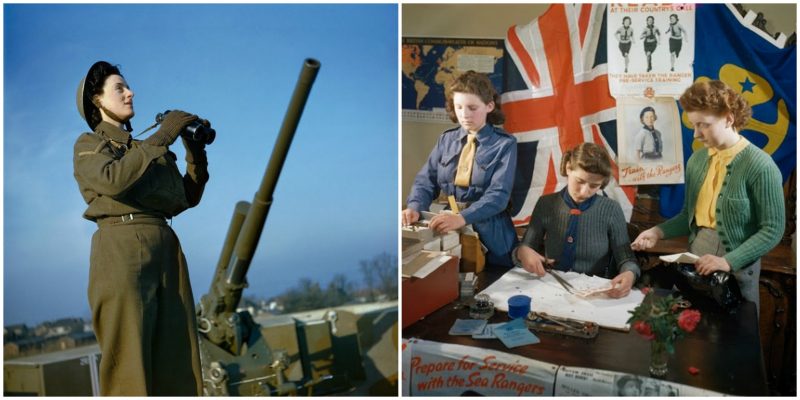The Battle of Britain or most commonly known as The Blitz which is an abbreviation of the German word Blitzkrieg : The Lightning war, was the infamous period of a sustained strategic bombing of the United Kingdom by Nazi Germany during the Second World War.
Between 7 September 1940 and 21 May 1941 there were major aerial raids (attacks in which more than 100 tons of high explosives were dropped) on 16 British cities.
Starting on 7 September 1940, one year into the war, London was bombed by the Luftwaffe for 57 consecutive nights. More than one million London houses were damaged or completely demolished, and more than 40,000 civilians were killed, almost half of them in London. Ports and industrial centres outside London were also heavily attacked.
An opulent collection of rare, color photographs of life in London and across the UK during the Blitz have been released to celebrate the 75th anniversary of the Battle of Britain.
The images are on display as in the Imperial War Museum in Manchester, as part of their Horrible Histories®: Blitzed Brits, which opens and runs until April 2016.
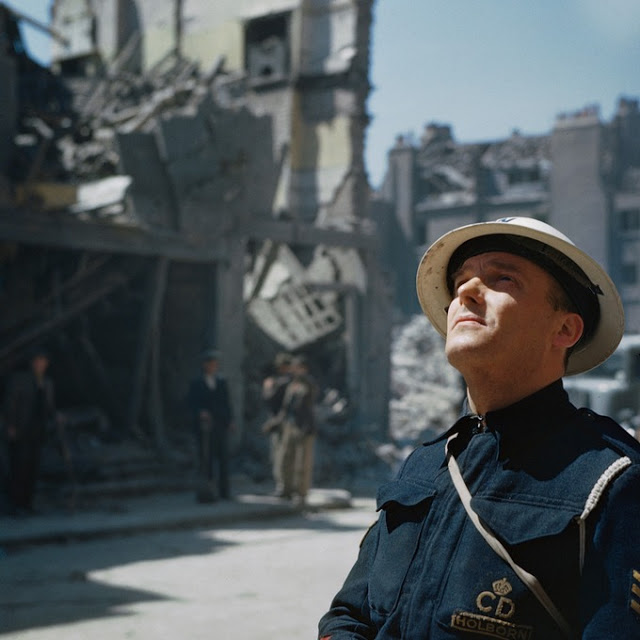
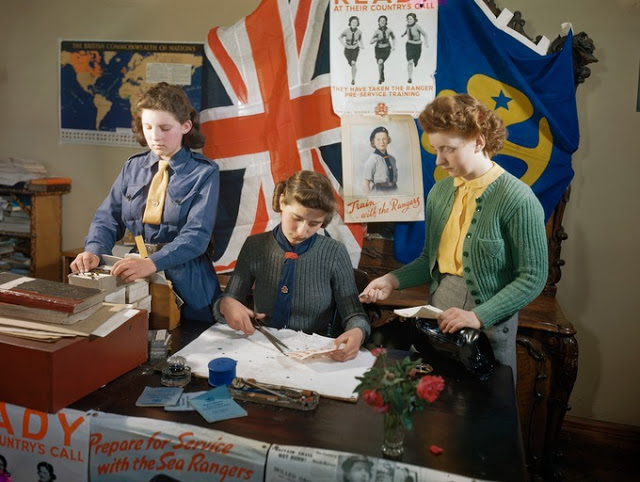
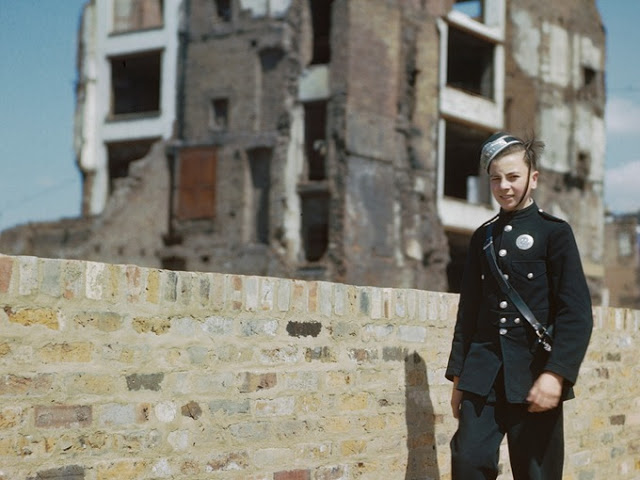
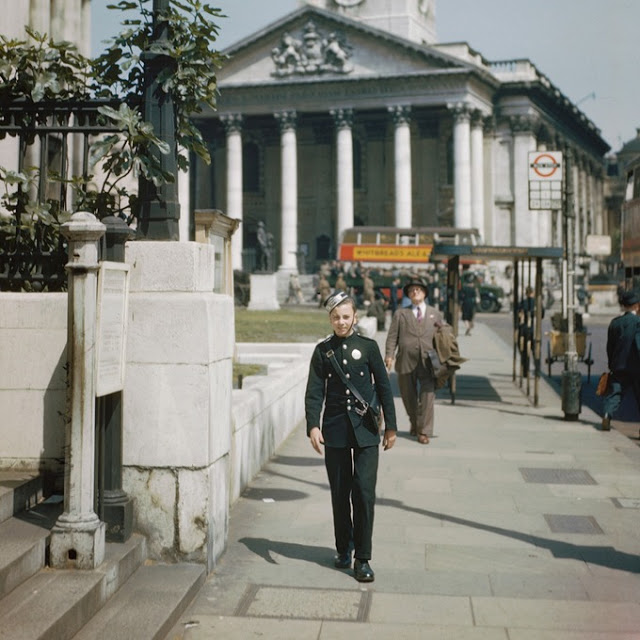
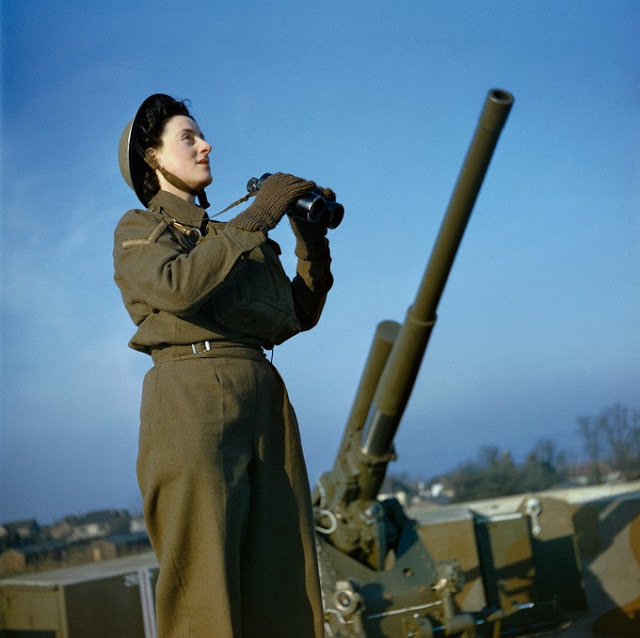
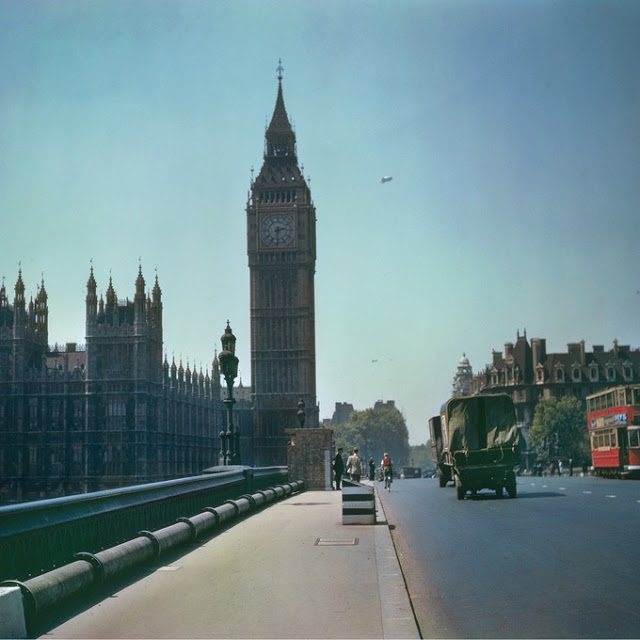
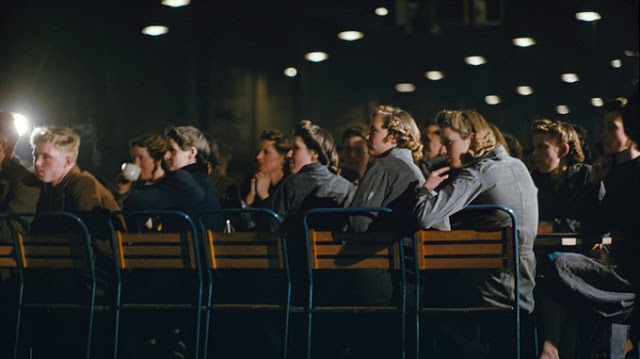
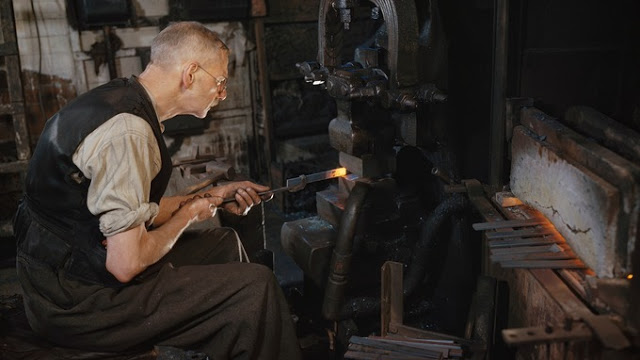
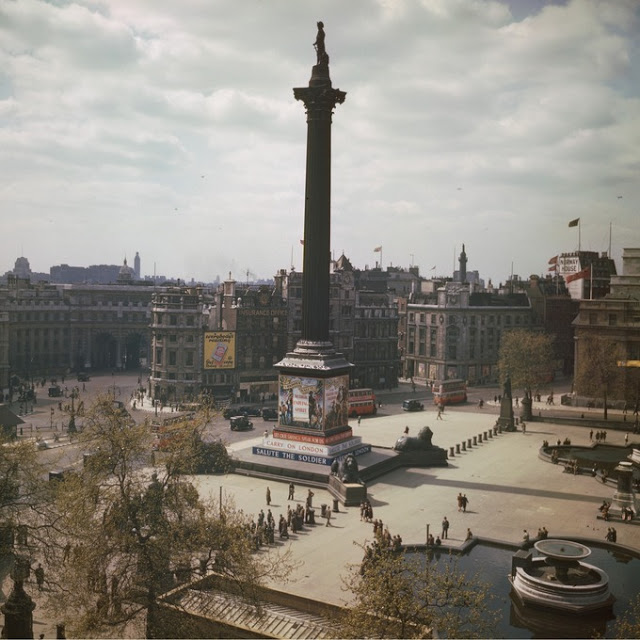
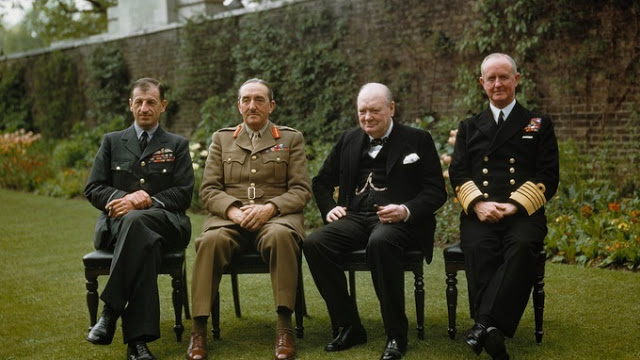
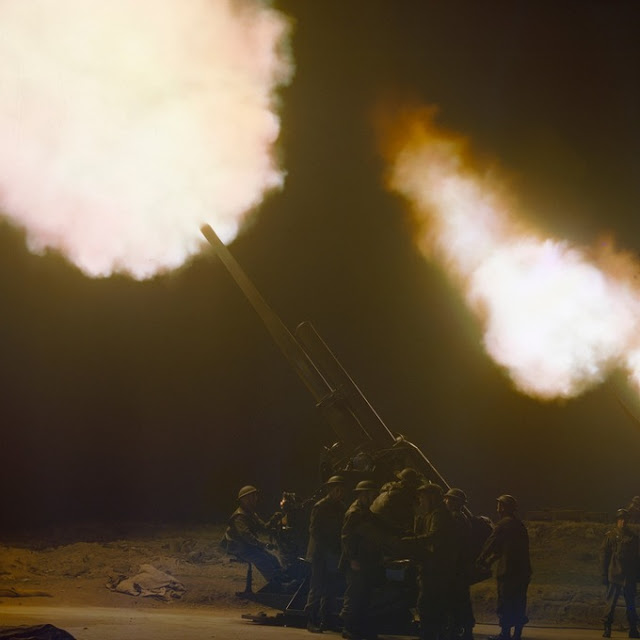
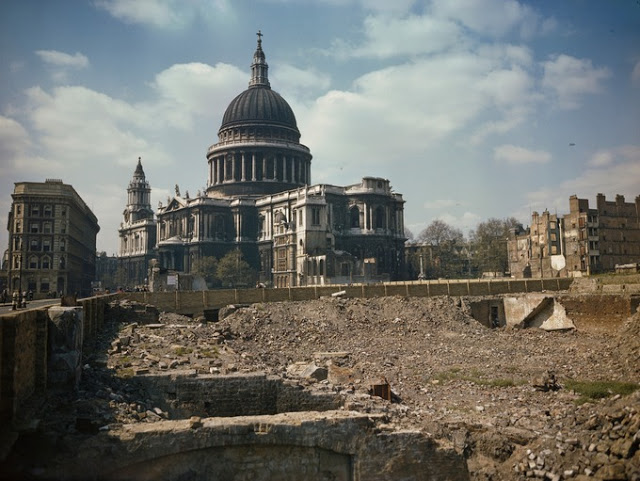
The bombing failed to force the British into surrender or significantly damage their war economy. The eight months of bombing never seriously hampered British production and the war industries continued to operate and expand. The Blitz did not facilitate Operation Sea Lion, the planned German invasion of Britain. By May 1941 the threat of an invasion of Britain had passed, and Hitler’s attention had turned to Operation Barbarossa in the East. In comparison to the later Allied bombing campaign against Germany, the Blitz resulted in relatively few casualties; the British bombing of Hamburg in July 1943 inflicted some 42,000 civilian deaths, about the same as the entire Blitz.
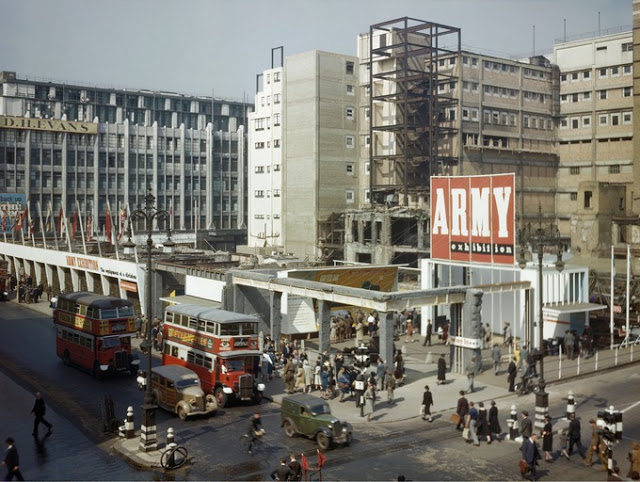
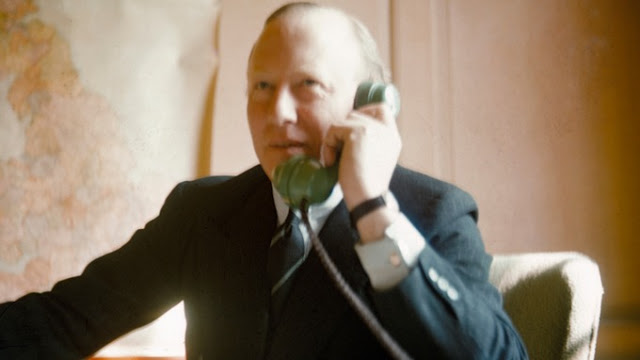
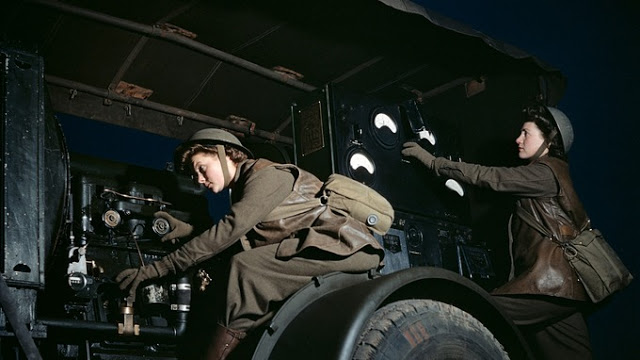
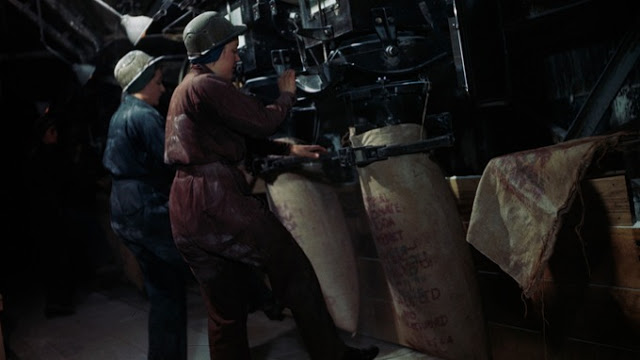
Several reasons have been suggested for the failure of the German air offensive. The Luftwaffe High Command (Oberkommando der Luftwaffe, OKL) did not develop a strategy for destroying British war industries; instead of maintaining pressure on any of them, it frequently switched from one type of industry to another. Neither was the Luftwaffe equipped to carry out strategic bombing; the lack of a heavy bomber and poor intelligence on British industry denied it the ability to prevail.
All photos by :Imperial War Museum
